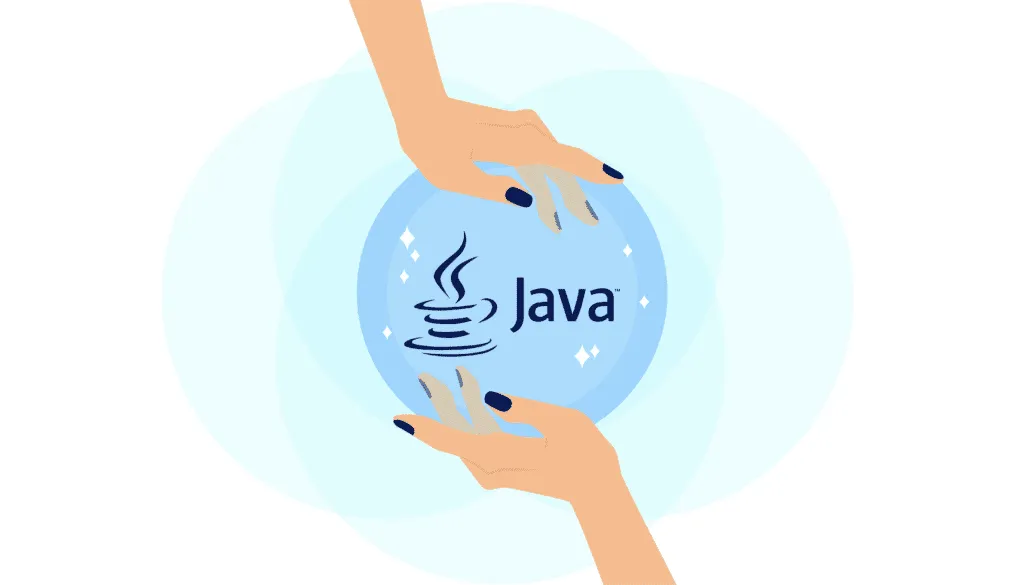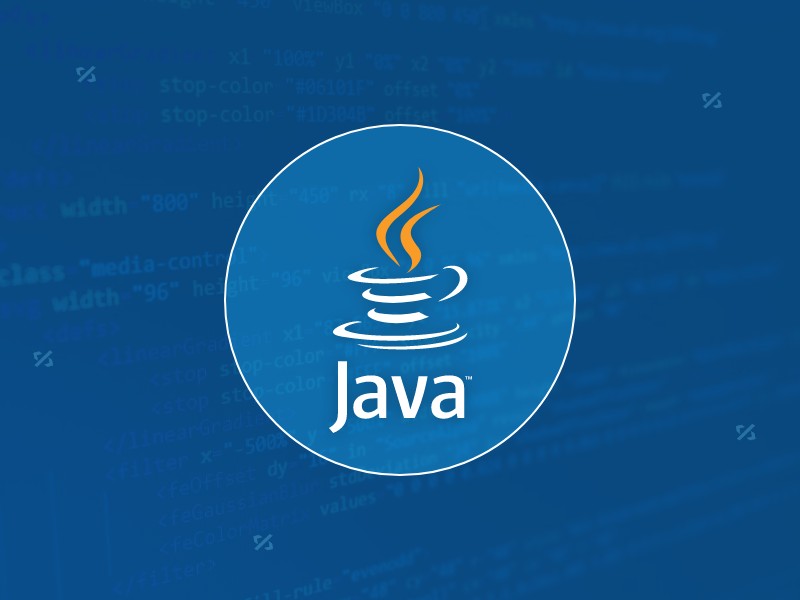What is Immutability and how to achieve it in Java?
Jul 05, 2025 am 02:39 AMOnce an immutable class is created, its state cannot be modified, and any operation will return a new object. To implement immutable classes in Java, the following steps must be followed: 1. Declare the class as final; 2. Set all fields to private and final; 3. Only getter methods are provided, not setters are provided; 4. All fields must be initialized in the constructor; 5. For fields of mutable types, defensive copies are made during assignment and acquisition. In addition, Java 9 supports built-in immutable collections such as List.of(), etc., which helps reduce boilerplate code and prevents accidental modifications. As long as you pay attention to the design of the class and internal state protection, you can achieve true immutability in Java.

Immutability means that once an object is created, its state cannot be changed. Any operation that would normally modify the object instead returns a new object with the updated state. This concept is important in programming because it helps avoid side effects, makes code easier to reason about, and improves thread safety.

Java isn't built around immutability by default — most objects are mutable unless designed otherwise. But you can definitely create immutable classes if you follow certain rules.

What Makes a Class Immutable in Java?
An immutable class must ensure that its internal state remains constant after creation. Here's what you need to do:
- Make the class final — prevents subclasses from changing behavior.
- Make all fields private and final — ensures they can't be modified externally or internally after construction.
- Don't provide setter methods — only getters, if needed.
- Initialize all fields via constructor only — no other way to change values ??later.
- If a field is mutable (like collections or other objects), return defendive copies — so changes don't affect the internal state.
For example, if your class contains a List<string></string> , returning the list directly could allow outside code to modify it. Instead, return a new copy of the list inside a getter.

Common Mistakes That Break Immutability
Even when trying to build immutable classes, some common mistakes can break immutability:
- Returning references to mutable internal objects , like collections or arrays.
- Allowing subclassing , which might override methods and introduce mutability.
- Initializing fields outside the constructor , for example through setters or public fields.
Let's say you have a class with a Date field. If you expose that date object directly, someone could call setTime() on it and change your supposedly immutable object's internal state.
So always:
- Return defensive copies of mutable objects.
- Make sure all fields are initialized in the constructor.
- Avoid any method that changes the object's state.
How to Achieve Immutability Step by Step
Here's how to actually implement an immutable class in Java:
- Declare the class as
final. - Make all fields
privateandfinal. - Only define getters — no setters.
- Initialize all fields through the constructor.
- If using mutable types (like
List,Date, etc.), make defensive copies during both assignment and retrieval.
public final class Person {
private final String name;
private final List<String> hobbies;
public Person(String name, List<String> hobbies) {
this.name = name;
this.hobbies = new ArrayList<>(hobbies); // Defensive copy
}
public String getName() {
return name;
}
public List<String> getHobbies() {
return new ArrayList<>(hobbies); // Return a copy
}
} This way, even if someone modifies the list returned by getHobbies() , the original object stays unchanged.
Use Built-in Immutable Collections When Possible
Since Java 9, there are built-in immutable collections like List.of() , Set.of() , and Map.of() . These are handy when you want to return unmodifiable collections without manually wrapping or copying them.
Using these helps reduce boilerplate and avoids accidental modification attempts. Trying to add or remove elements from such collections will throw an UnsupportedOperationException .
Basically that's it. As long as you pay attention to the design of the class and the protection of internal state, you can achieve true immutability in Java.
The above is the detailed content of What is Immutability and how to achieve it in Java?. For more information, please follow other related articles on the PHP Chinese website!

Hot AI Tools

Undress AI Tool
Undress images for free

Undresser.AI Undress
AI-powered app for creating realistic nude photos

AI Clothes Remover
Online AI tool for removing clothes from photos.

Clothoff.io
AI clothes remover

Video Face Swap
Swap faces in any video effortlessly with our completely free AI face swap tool!

Hot Article

Hot Tools

Notepad++7.3.1
Easy-to-use and free code editor

SublimeText3 Chinese version
Chinese version, very easy to use

Zend Studio 13.0.1
Powerful PHP integrated development environment

Dreamweaver CS6
Visual web development tools

SublimeText3 Mac version
God-level code editing software (SublimeText3)

Hot Topics
 Selecting Specific Columns | Performance Optimization
Jun 27, 2025 pm 05:46 PM
Selecting Specific Columns | Performance Optimization
Jun 27, 2025 pm 05:46 PM
Selectingonlyneededcolumnsimprovesperformancebyreducingresourceusage.1.Fetchingallcolumnsincreasesmemory,network,andprocessingoverhead.2.Unnecessarydataretrievalpreventseffectiveindexuse,raisesdiskI/O,andslowsqueryexecution.3.Tooptimize,identifyrequi
 What is the `enum` type in Java?
Jul 02, 2025 am 01:31 AM
What is the `enum` type in Java?
Jul 02, 2025 am 01:31 AM
Enums in Java are special classes that represent fixed number of constant values. 1. Use the enum keyword definition; 2. Each enum value is a public static final instance of the enum type; 3. It can include fields, constructors and methods to add behavior to each constant; 4. It can be used in switch statements, supports direct comparison, and provides built-in methods such as name(), ordinal(), values() and valueOf(); 5. Enumeration can improve the type safety, readability and flexibility of the code, and is suitable for limited collection scenarios such as status codes, colors or week.
 Applying Semantic Structure with article, section, and aside in HTML
Jul 05, 2025 am 02:03 AM
Applying Semantic Structure with article, section, and aside in HTML
Jul 05, 2025 am 02:03 AM
The rational use of semantic tags in HTML can improve page structure clarity, accessibility and SEO effects. 1. Used for independent content blocks, such as blog posts or comments, it must be self-contained; 2. Used for classification related content, usually including titles, and is suitable for different modules of the page; 3. Used for auxiliary information related to the main content but not core, such as sidebar recommendations or author profiles. In actual development, labels should be combined and other, avoid excessive nesting, keep the structure simple, and verify the rationality of the structure through developer tools.
 What is the JDK?
Jun 25, 2025 pm 04:05 PM
What is the JDK?
Jun 25, 2025 pm 04:05 PM
JDK (JavaDevelopmentKit) is a software development environment for developing Java applications and applets. It contains tools and libraries required to compile, debug and run Java programs. Its core components include Java compiler (javac), Java runtime environment (JRE), Java interpreter (java), debugger (jdb), document generation tools (javadoc) and packaging tools (such as jar and jmod). Developers need JDK to write, compile Java code and develop with the help of IDE; without JDK, Java applications cannot be built or modified. You can enter javac-version and java-version in the terminal
 VSCode debugger for Java setup guide
Jul 01, 2025 am 12:22 AM
VSCode debugger for Java setup guide
Jul 01, 2025 am 12:22 AM
The key steps in configuring the Java debugging environment on VSCode include: 1. Install JDK and verify; 2. Install JavaExtensionPack and DebuggerforJava plug-in; 3. Create and configure the launch.json file, specify mainClass and projectName; 4. Set up the correct project structure to ensure the source code path and compilation output are correct; 5. Use debugging techniques such as Watch, F8/F10/F11 shortcut keys and methods to deal with common problems such as class not found or JVM attachment failure.
 XML rules: Common errors to avoid
Jun 22, 2025 am 12:09 AM
XML rules: Common errors to avoid
Jun 22, 2025 am 12:09 AM
Methods to avoid XML errors include: 1. Ensure that the elements are nested correctly, 2. Escape special characters. Correct nesting avoids parsing errors, while escape characters prevent document corruption, using an XML editor can help maintain structural integrity.
 How do I set up VS Code for Java development?
Jun 29, 2025 am 12:23 AM
How do I set up VS Code for Java development?
Jun 29, 2025 am 12:23 AM
To use VSCode for Java development, you need to install the necessary extensions, configure the JDK and set up the workspace. 1. Install JavaExtensionPack, including language support, debugging integration, build tools and code completion functions; optional JavaTestRunner or SpringBoot extension package. 2. Install at least JDK17 and verify through java-version and javac-version; set the JAVA_HOME environment variable, or switch multiple JDKs in the status bar at the bottom of VSCode. 3. After opening the project folder, make sure the project structure is correct and enable automatic saving, adjust the formatting rules, enable code checking, and configure the compilation task to optimize the opening.
 Windows search bar not typing
Jul 02, 2025 am 10:55 AM
Windows search bar not typing
Jul 02, 2025 am 10:55 AM
When the Windows search bar cannot enter text, common solutions are: 1. Restart the Explorer or computer, open the Task Manager to restart the "Windows Explorer" process, or restart the device directly; 2. Switch or uninstall the input method, try to use the English input method or Microsoft's own input method to eliminate third-party input method conflicts; 3. Run the system file check tool, execute the sfc/scannow command in the command prompt to repair the system files; 4. Reset or rebuild the search index, and rebuild it through the "Index Options" in the "Control Panel". Usually, we start with simple steps first, and most problems can be solved step by step.






